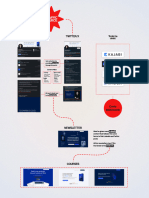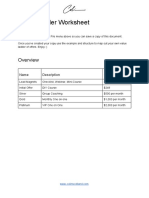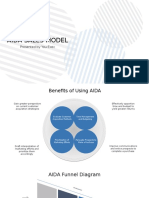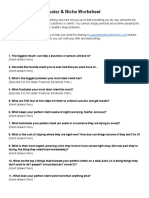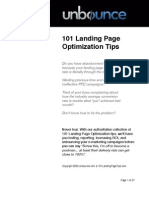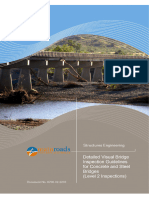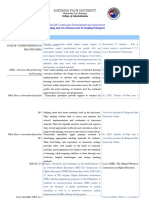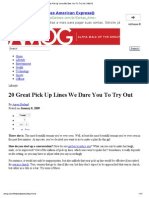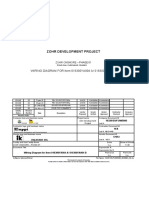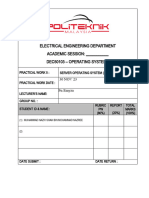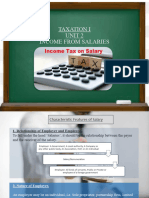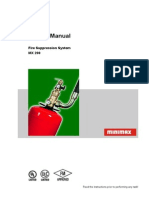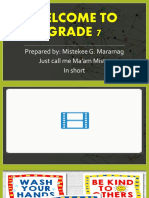100% found this document useful (4 votes)
910 views105 pagesCreating An Effective Landing Page
This document discusses key concepts for optimizing landing pages, including attention ratio, conversion coupling, and conversion momentum. It provides examples and discusses how to reduce friction on forms. The key takeaways are that attention ratio measures how many interactive elements relate to conversion goals, conversion coupling ties pre-click and post-click messaging, and reducing form friction through direct, short questions can improve conversions.
Uploaded by
Sebastien MarchiCopyright
© © All Rights Reserved
We take content rights seriously. If you suspect this is your content, claim it here.
Available Formats
Download as PDF, TXT or read online on Scribd
100% found this document useful (4 votes)
910 views105 pagesCreating An Effective Landing Page
This document discusses key concepts for optimizing landing pages, including attention ratio, conversion coupling, and conversion momentum. It provides examples and discusses how to reduce friction on forms. The key takeaways are that attention ratio measures how many interactive elements relate to conversion goals, conversion coupling ties pre-click and post-click messaging, and reducing form friction through direct, short questions can improve conversions.
Uploaded by
Sebastien MarchiCopyright
© © All Rights Reserved
We take content rights seriously. If you suspect this is your content, claim it here.
Available Formats
Download as PDF, TXT or read online on Scribd
/ 105













